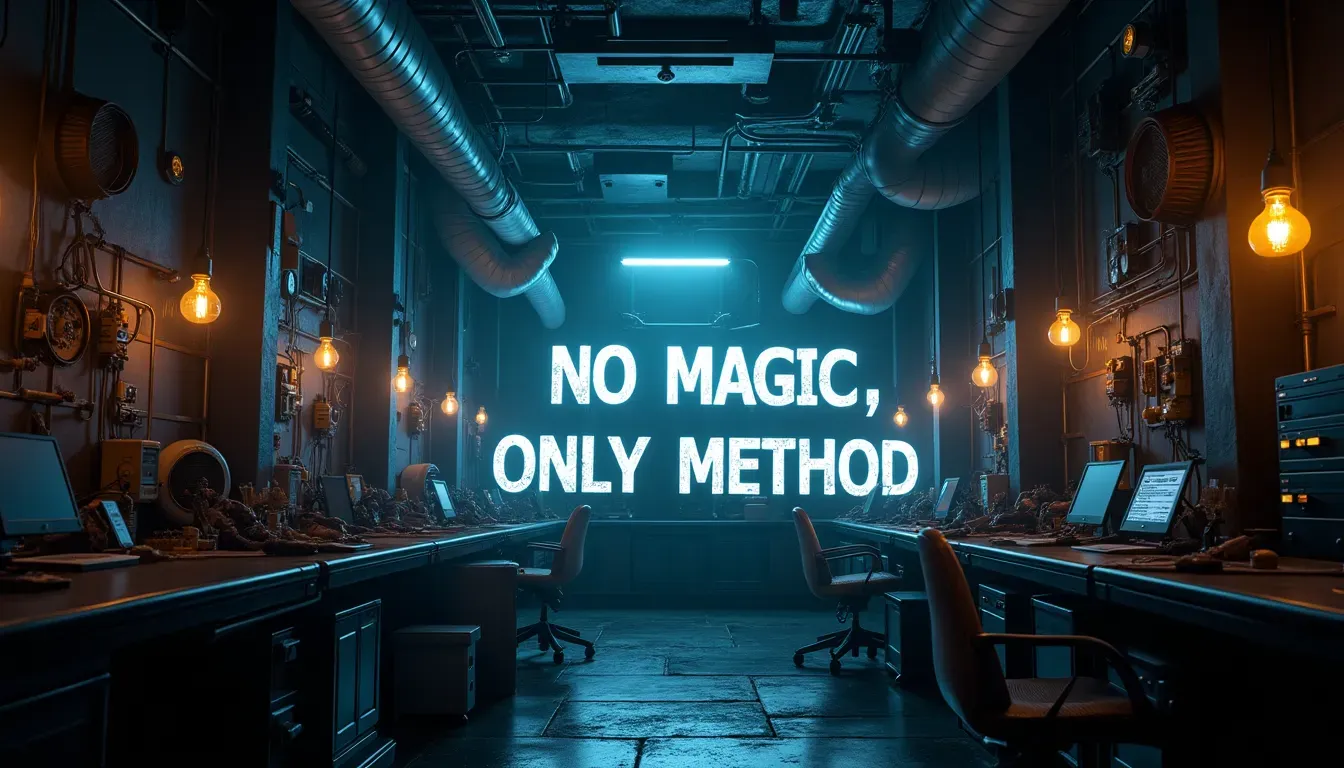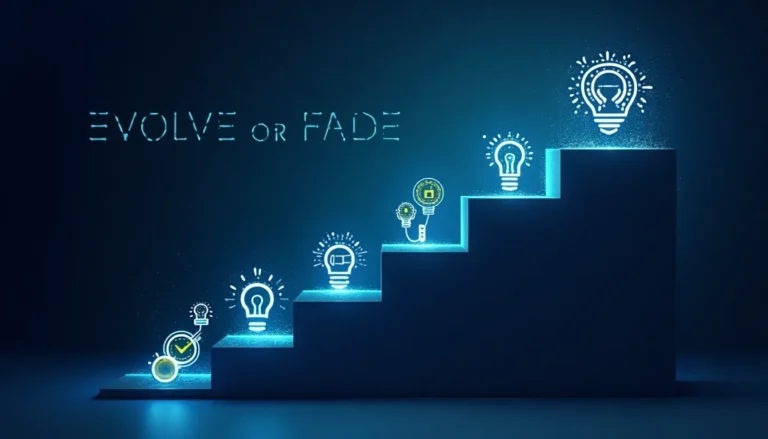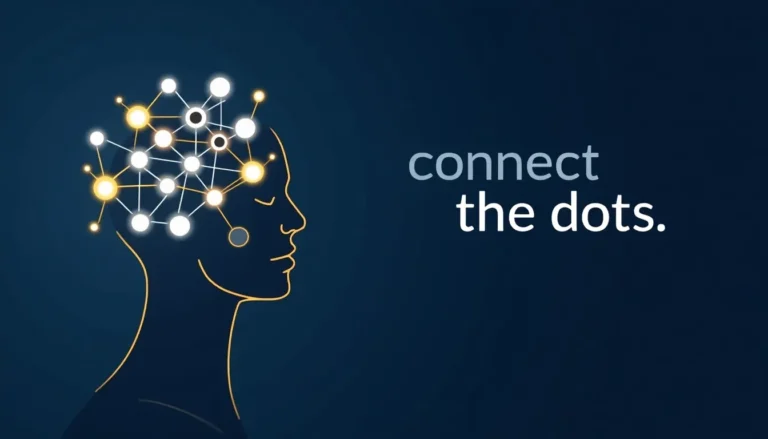The Magic Trick That Isn’t
People love to call AI “magical.” They’re wrong.
AI is math. Statistics. Probability. Pattern recognition at massive scale.
But we persist in viewing it through a lens of mysticism and wonder, as if machine learning systems were conjured rather than coded.
This magical thinking is dangerous.
When we frame AI as supernatural, we abdicate our responsibility to understand it. To question it. To shape it.
We become passive observers of technological “magic” rather than active participants in its development.
Here’s what AI actually is:
It’s billions of calculations performed at lightning speed.
It’s finding correlations in oceans of data.
It’s probability distributions and gradient descent.
It’s human-written code optimizing for human-defined objectives.
Nothing magical about that.
The real wonder isn’t in pretending AI is mystical – it’s in understanding how these mathematical systems can produce such compelling results.
How they can recognize faces.
How they can generate images.
How they can engage in conversation.
But each of these capabilities can be traced back to concrete technical principles.
When we demystify AI, we gain power over it.
We can ask better questions:
What data was it trained on?
What biases might it have inherited?
What are its actual limitations?
Who controls its development?
We can make better decisions:
When to use it.
When to trust it.
When to override it.
When to turn it off.
We can shape better futures:
More transparent systems.
More accountable development.
More democratic access.
More human-centered applications.
The next time someone calls AI “magical,” challenge that framing.
Because AI isn’t a magic trick performed for our entertainment.
It’s a tool we’ve created, based on mathematics and engineering.
And like any tool, its impact depends entirely on how we choose to use it.
The real magic isn’t in the technology.
It’s in our ability to understand it, question it, and guide it toward human flourishing.
No wands required.



